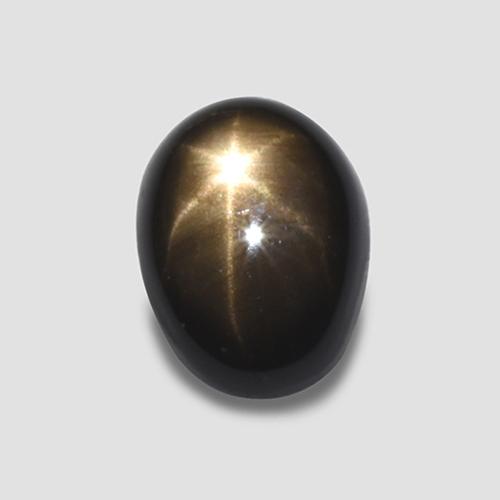

Kunz wrote in 1913 that the Star of India "has a more or less indefinite historic record of some three centuries".

Apart from its Sri Lankan origin, the gem's history prior to its acquisition for this collection is unknown. Morgan donated the Star of India along with the rest of the collection to the American Museum of Natural History. A British Army officer brought it to London, where it was cut by Albert Ramsay around 1905. The Star of India is a huge blue star sapphire weighing 563.35 carats. Morgan (1837–1913) to acquire an impressive gem collection for an exhibit at the Paris Exposition of 1900 the Star of India was among the stones Kunz procured. Mineralogist and Tiffany gem expert George Kunz (1856–1932) was commissioned by wealthy financier J.P. The tiny fibers of the mineral, aligned in a three-fold pattern within the gem, reflect incoming light into the star pattern. The milky quality of the stone is caused by the traces of the mineral rutile, which is also responsible for the star effect, known as asterism. The greyish-blue gem was mined in Sri Lanka and is housed in the American Museum of Natural History in New York City. It is almost flawless and is unusual in that it has stars on both sides of the stone. The Star of India is a 563.35- carat (112.67 g) star sapphire, one of the largest such gems in the world.


 0 kommentar(er)
0 kommentar(er)
